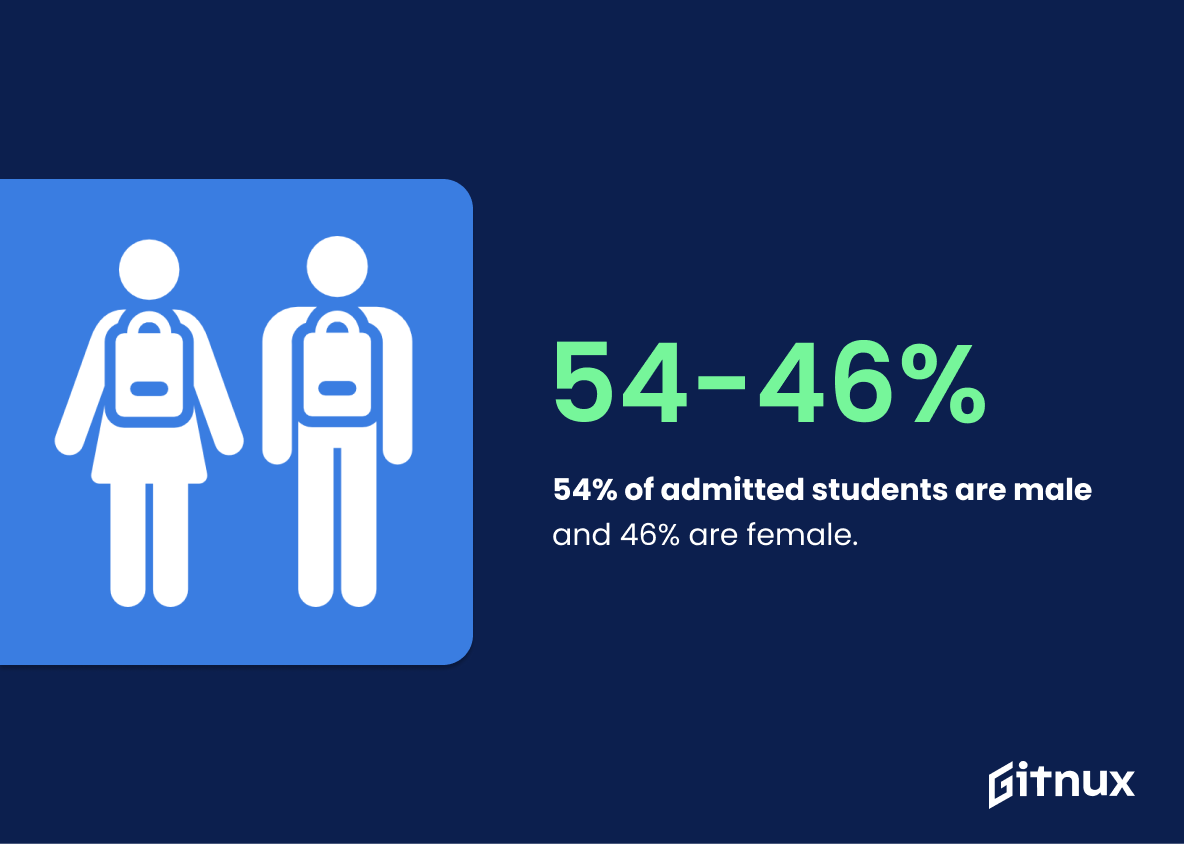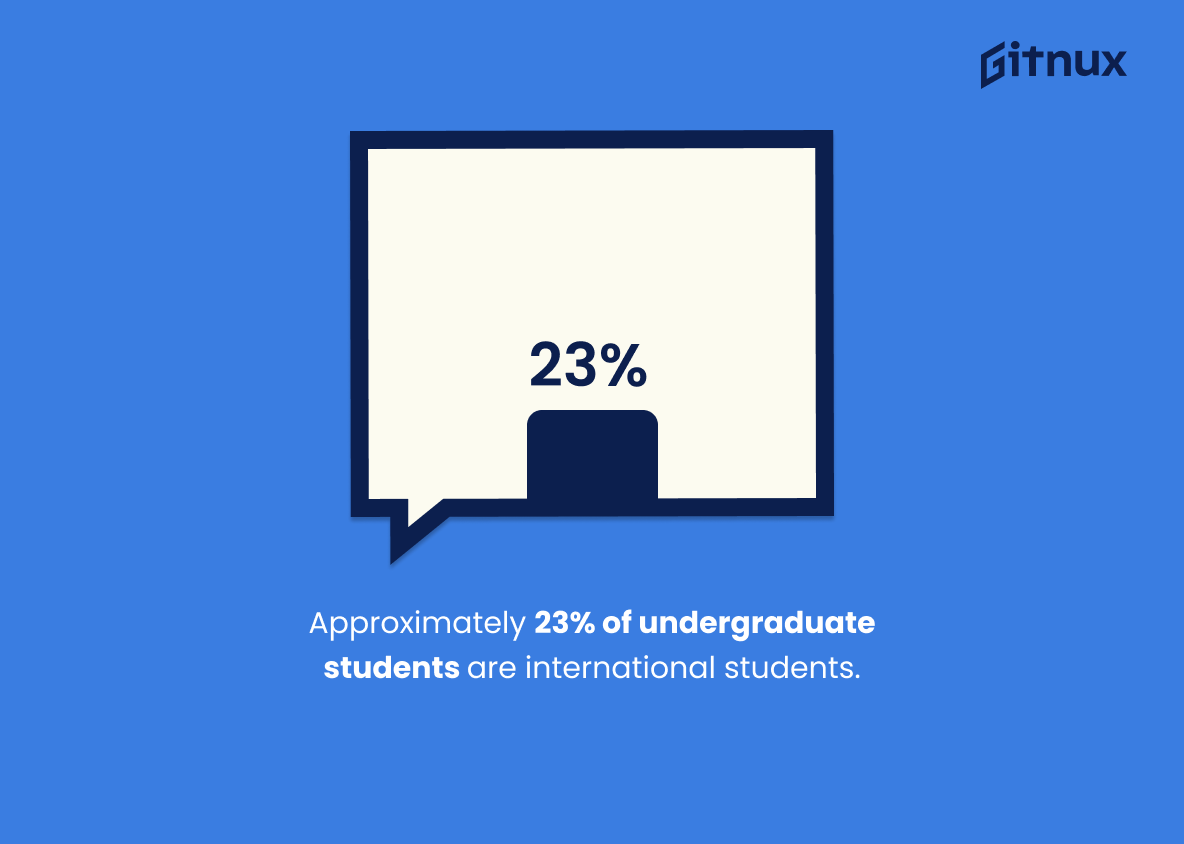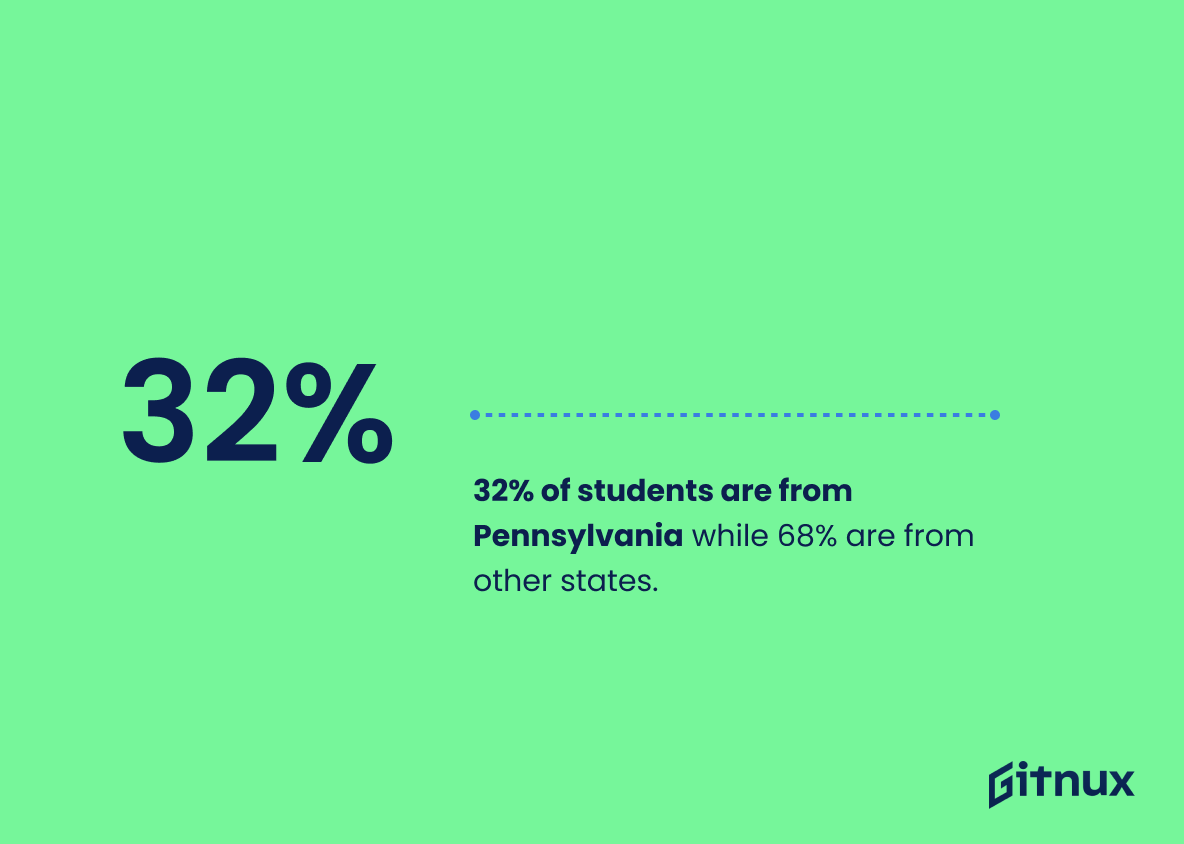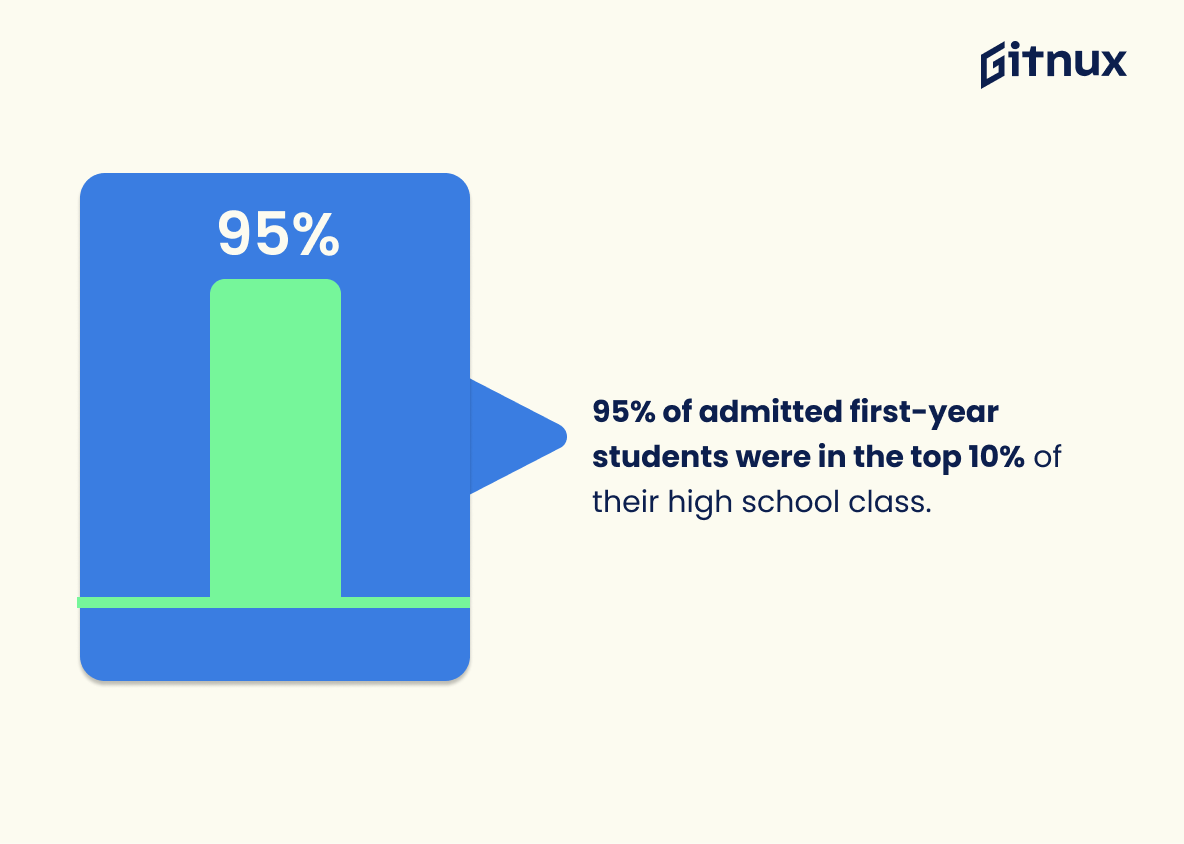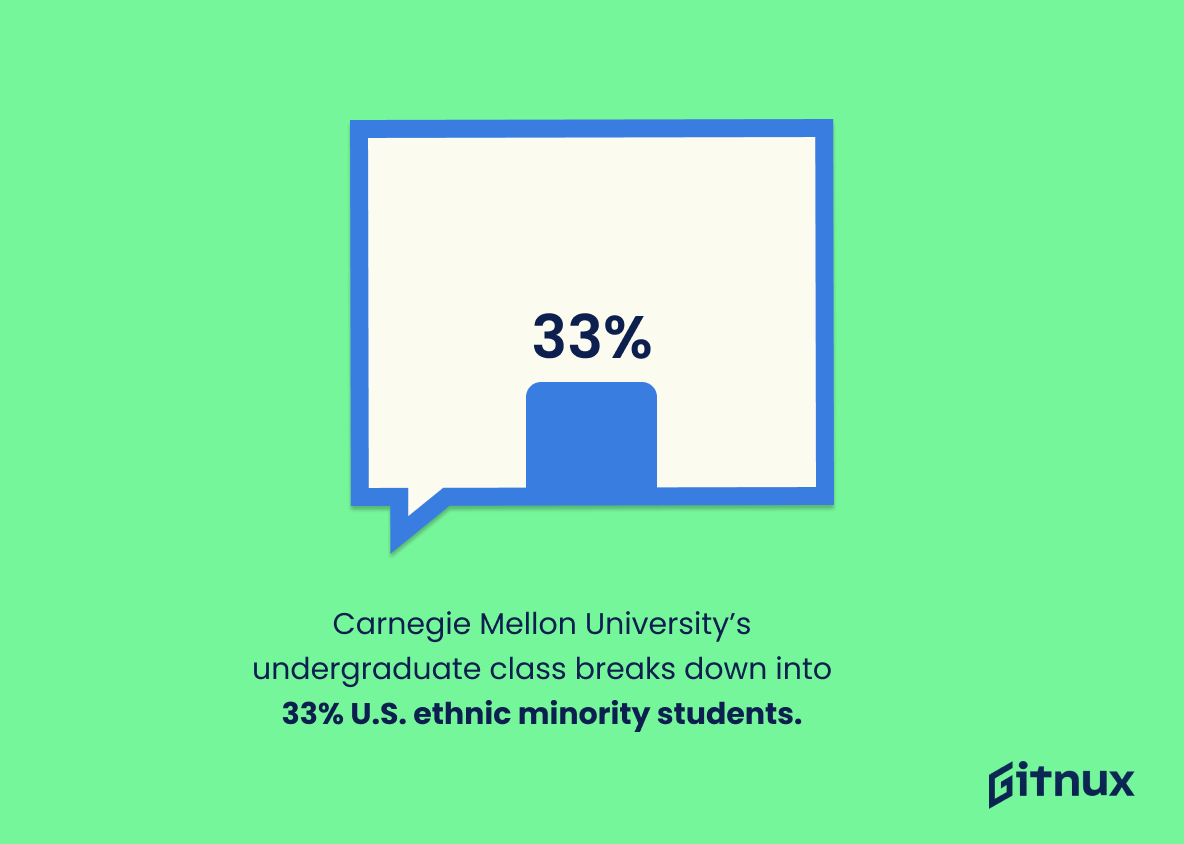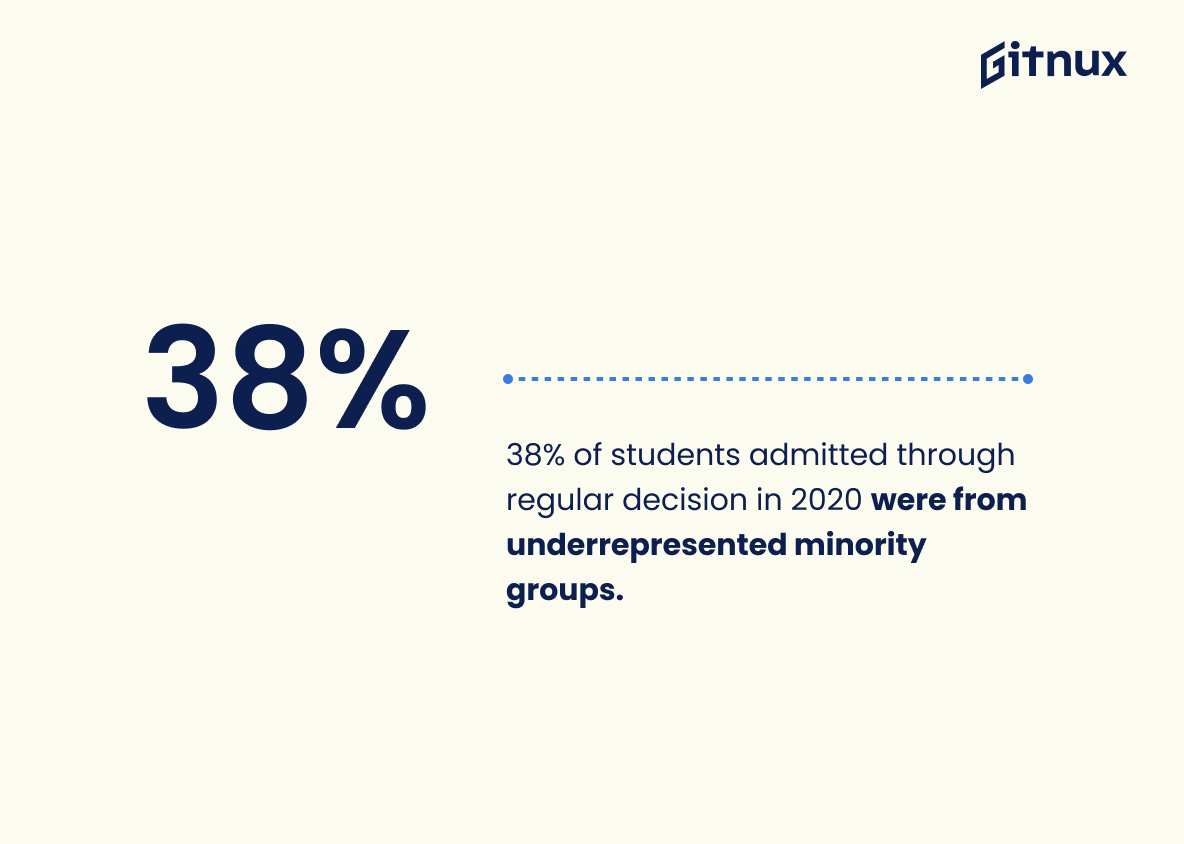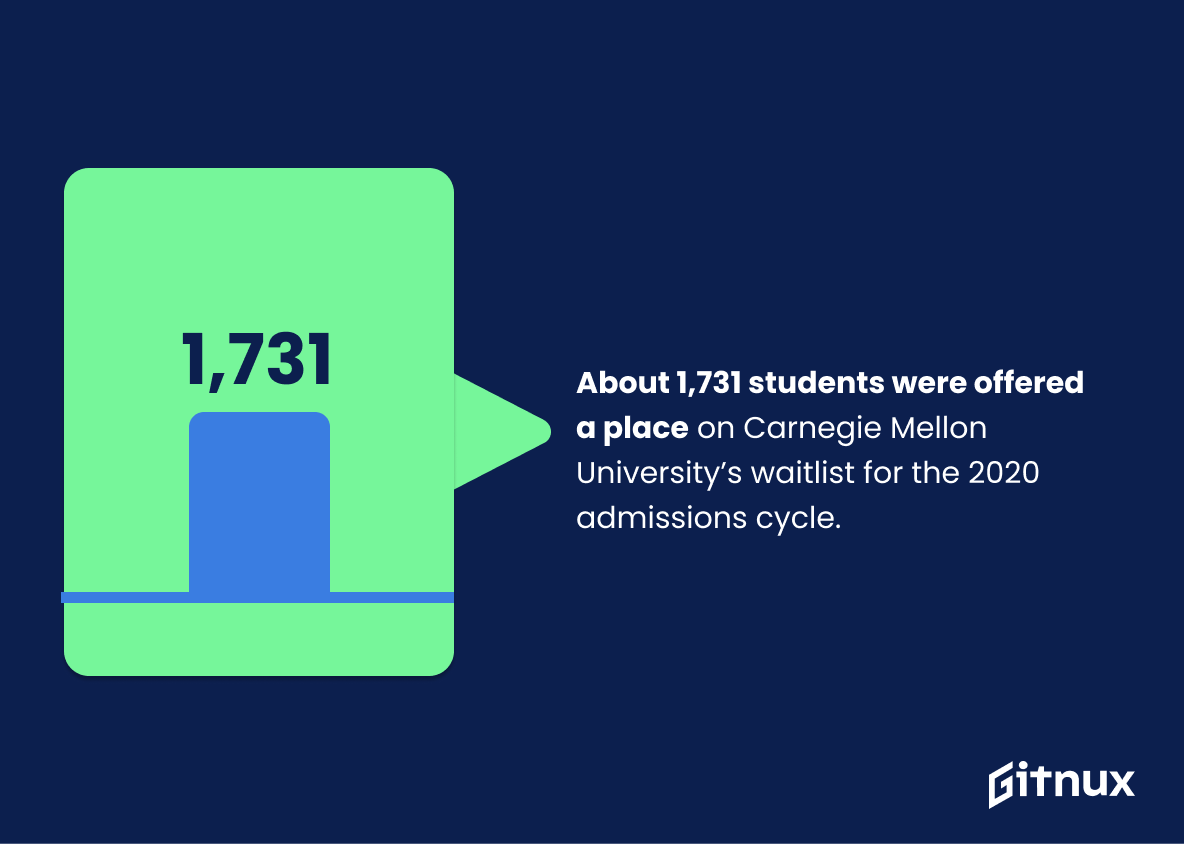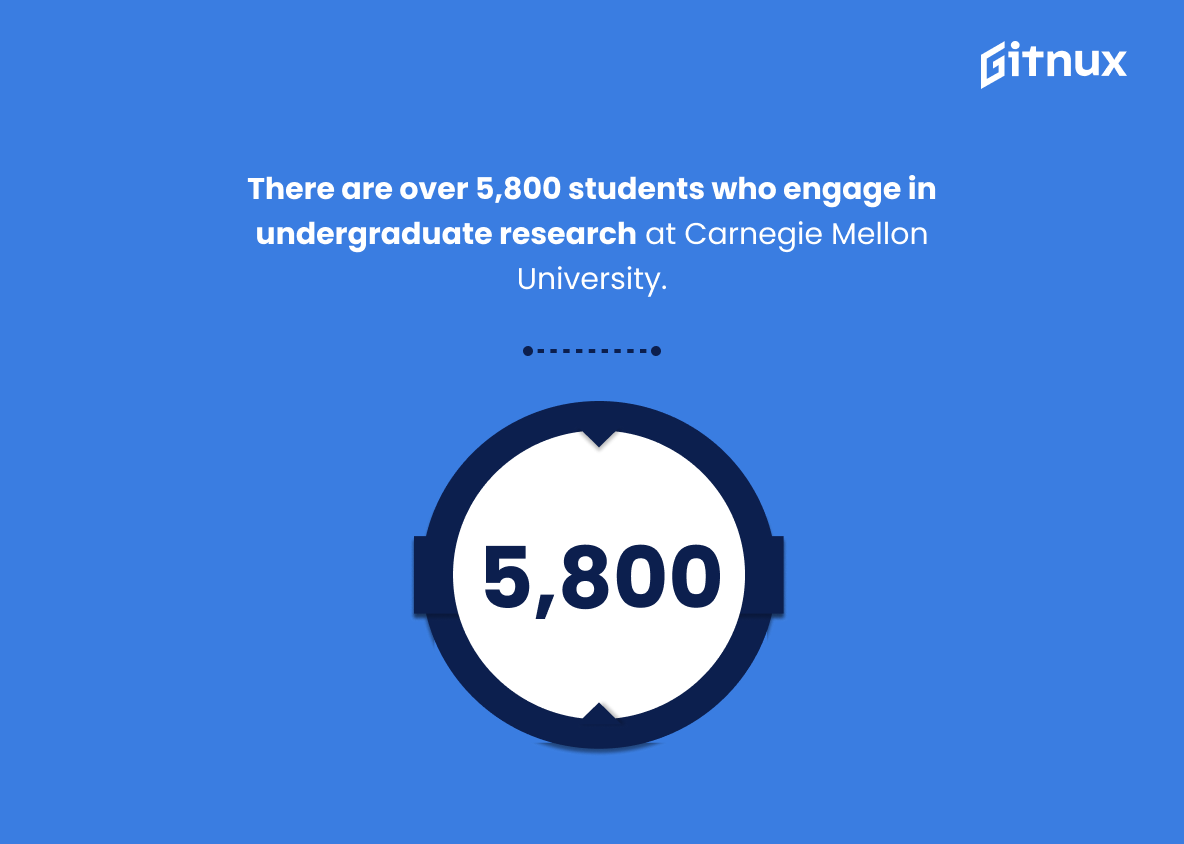Carnegie Mellon University is one of the most prestigious universities in the world, and its admission process can be highly competitive. To gain a better understanding of what it takes to get accepted into Carnegie Mellon, let’s take a look at some key statistics about their admissions process. We’ll explore acceptance rates, average high school GPA and SAT/ACT scores for admitted students, gender breakdowns among applicants and enrolled students, international student enrollment numbers, financial aid packages offered to incoming first-year students as well as graduation rates. Additionally we will examine popular majors at CMU along with undergraduate class size and composition including ethnic minority representation. Finally we will discuss early decision acceptance rate trends as well as waitlist data from 2020 admissions cycle alongside rankings for best undergraduate engineering programs by US News & World Report.
Carnegie Mellon Admission Statistics Overview
54% of admitted students are male and 46% are female
This statistic is significant in the context of Carnegie Mellon Admission Statistics because it highlights the university’s commitment to gender equality in its admissions process. It demonstrates that Carnegie Mellon is dedicated to providing equal opportunities to both male and female applicants, and that the university is actively working to create a diverse and inclusive student body.
Approximately 23% of undergraduate students are international students
This statistic is significant in the context of Carnegie Mellon Admission Statistics because it highlights the university’s commitment to diversity and inclusion. It demonstrates that Carnegie Mellon is a welcoming and open-minded institution that values the contributions of students from all over the world. Furthermore, it speaks to the university’s commitment to providing a global education experience, which is essential for preparing students for success in the 21st century.
32% of students are from Pennsylvania while 68% are from other states
This statistic is significant in the context of Carnegie Mellon Admission Statistics because it reveals the diversity of the student body. It shows that while a majority of students come from outside of Pennsylvania, a significant portion of the student body is still from the state. This indicates that Carnegie Mellon is a university that is open to students from all over the country, and not just those from Pennsylvania.
95% of admitted first-year students were in the top 10% of their high school class
This statistic speaks volumes about the caliber of students that Carnegie Mellon is able to attract. It demonstrates that the university is able to draw in some of the most talented and accomplished high school students from around the world. This is a testament to the university’s reputation and the quality of education it provides.
The acceptance rate for Early Decision applicants is around 26%
This statistic is a crucial indicator of the competitiveness of Carnegie Mellon’s admissions process. It shows that the university is highly selective when it comes to Early Decision applicants, with only a quarter of them being accepted. This means that students who are considering applying to Carnegie Mellon should be aware that they will need to put in a lot of effort to make their application stand out from the crowd.
The student to faculty ratio is 10:1
The student to faculty ratio of 10:1 at Carnegie Mellon is indicative of the university’s commitment to providing students with individualized attention and support. With a low student to faculty ratio, students can expect to receive personalized instruction and mentorship from their professors, allowing them to make the most of their educational experience.
Carnegie Mellon University’s undergraduate class breaks down into 33% U.S. ethnic minority students
The statistic that Carnegie Mellon University’s undergraduate class is composed of 33% U.S. ethnic minority students is a testament to the university’s commitment to fostering a diverse and inclusive learning environment. This is an important factor for prospective students to consider when researching their college options, as it demonstrates that Carnegie Mellon is dedicated to providing an equitable and welcoming atmosphere for all.
38% of students admitted through regular decision in 2020 were from underrepresented minority groups
This statistic is a testament to Carnegie Mellon’s commitment to fostering a diverse and inclusive environment. It shows that the university is actively working to ensure that all students, regardless of their background, have an equal opportunity to pursue higher education. This statistic is a powerful reminder that Carnegie Mellon is dedicated to creating a campus community that is reflective of the world we live in.
About 1,731 students were offered a place on Carnegie Mellon University’s waitlist for the 2020 admissions cycle
This statistic is a testament to the immense popularity of Carnegie Mellon University, as it shows that 1,731 students were eager to join the university’s 2020 admissions cycle. It is a clear indication of the university’s reputation and the high demand for its programs. This statistic is a reflection of the university’s success in providing quality education and a great learning experience to its students.
There are over 5,800 students who engage in undergraduate research at Carnegie Mellon University
The fact that there are over 5,800 students engaging in undergraduate research at Carnegie Mellon University speaks volumes about the quality of education and opportunities available to students at the university. It shows that Carnegie Mellon is a place where students can not only learn, but also actively participate in research and gain valuable experience. This is an important factor to consider when looking at Carnegie Mellon’s admission statistics, as it demonstrates the university’s commitment to providing a comprehensive and enriching educational experience.
Conclusion
Carnegie Mellon University is a highly selective university with an acceptance rate of approximately 15%. The average high school GPA for admitted students is 3.76, and the average SAT score range falls between 1460-1560 while the ACT scores are 33-35. 54% of accepted students are male and 46% female, 23% international, 32% from Pennsylvania and 68% from other states. The financial aid package offered to incoming first year students averages $39783 per student; 95 percent of these were in the top 10 percent of their graduating class. Early Decision applicants have a 26 percent chance at admission compared to regular decision applicants who had 38 percent underrepresented minority groups being accepted into Carnegie Mellon’s 2020 admissions cycle. There were 1,731 waitlisted candidates as well as 7,022 total undergraduate enrollment with 39 % living on campus including 33 % U.S ethnic minorities enrolled in various majors such as Computer Science Electrical Engineering or Mechanical Engineering (10:1 faculty/student ratio). Finally Carnegie Mellon ranks 9th among Best Undergraduate Engineering Programs according to US News & World Report with over 5800 undergraduates engaging in research activities each year
References
0. – https://www.prepscholar.com
1. – https://www.collegescorecard.ed.gov
2. – https://www.college-kickstart.com
3. – https://www.cmu.edu
4. – https://www.admission.enrollment.cmu.edu
5. – https://www.datausa.io
6. – https://www.collegefactual.com
